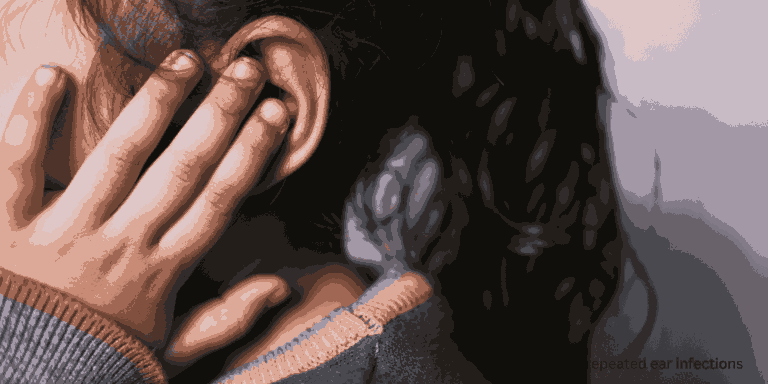Last month, three patients came to my virtual clinic within two days, all asking the same question: “This doesn’t feel like the COVID I had before. Are the symptoms changing?”
They were right to notice differences. COVID-19 continues evolving, and 2025 variants are producing symptom patterns that don’t match what we saw in 2020 or even 2023.
Current Dominant Strains
The variants circulating in 2025 show distinct characteristics compared to earlier strains. While the core respiratory nature remains, we’re seeing shifts in how symptoms present and progress.
Upper respiratory focus has become more prominent. Many patients describe symptoms that feel more like severe colds than the deep lung infections we saw with earlier variants.
Shorter incubation periods mean symptoms often appear 1-3 days after exposure, rather than the 5-7 days we previously expected.
New Symptom Patterns
Intense sore throat now tops the symptom list for many patients. Unlike typical throat pain, this feels like “swallowing glass” and often appears before other symptoms.
Extreme fatigue hits differently than before. Patients describe feeling “wiped out” even with mild symptoms, sometimes lasting weeks after other symptoms resolve.
Congestion without fever confuses many people who expect COVID to always include elevated temperature. Current variants frequently cause significant nasal congestion and sinus pressure without fever.
Headaches are more severe and persistent. These aren’t typical tension headaches but intense, throbbing pain often centered behind the eyes.
Less Common 2025 Symptoms
Loss of taste and smell rarely occurs with current variants, unlike earlier strains where it was nearly universal.
Severe cough is less prominent now. Many patients have mild coughs or none at all, making the infection feel less “respiratory.”
High fevers are uncommon. When fever occurs, it’s often low-grade and brief.
What Hasn’t Changed
Contagiousness remains high, especially in the first 2-3 days of symptoms when viral loads peak.
Risk factors for severe disease stay consistent: older age, chronic conditions, and compromised immune systems.
Prevention measures like vaccination, masking in crowded spaces, and good hygiene remain effective.
Implications for Testing
These milder, cold-like symptoms mean many people don’t realize they have COVID. If you’re feeling unwell after known exposure or in high-transmission periods, test regardless of symptom severity.
Home tests remain reliable for current variants, though viral loads may peak earlier in the illness.
Treatment Considerations
Antiviral medications like Paxlovid remain effective when started within 5 days of symptom onset, even for mild cases in high-risk patients.
Supportive care focuses on rest, hydration, and symptom management rather than aggressive interventions.
Duration and Recovery
Most people with 2025 variants recover within 5-7 days, though fatigue may persist longer. The “long COVID” risk appears lower but still exists, particularly in unvaccinated individuals.
When to Seek Care
Seek care if you develop:
- Difficulty breathing or persistent chest pain
- High fever (over 101°F) lasting more than 3 days
- Severe dehydration
- Worsening symptoms after initial improvement
Stay informed about evolving COVID patterns, but don’t let symptom changes create unnecessary anxiety. Current variants generally cause milder illness while remaining highly treatable with appropriate care.













